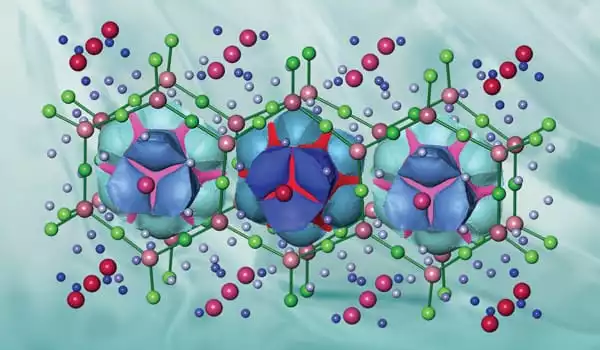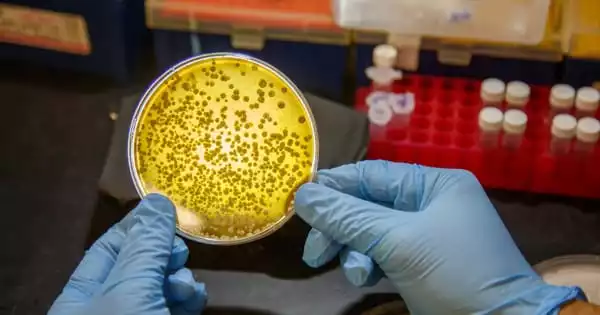Scientists at Nanyang Technological University, Singapore (NTU Singapore) have surmounted a major technological obstacle in developing new sulphur-based medications, opening the door to the development of a plethora of new therapeutic ‘weapons’ in the fight against sickness and illness. Every successful medicine contains a component that physically fits into the metabolic route it is attempting to disrupt. This component of the medicine is known as a ‘pharmacophore,’ and discovering new ones is an important goal in drug research.
Sulphur-based pharmacophores are highly adaptable and considered very promising by drug developers, although they are uncommon due to the difficulties in synthesizing them. Scientists from NTU Singapore have devised a method for producing sulphur pharmacophores using a catalyst developed specifically for the purpose, known as pentanidium.
Their technology might be utilized to create a wide range of novel pharmacophores that could be combined with various sorts of molecules to create new medications. They also demonstrated that the novel sulphur pharmacophores might be utilized to modify and repurpose current medications, potentially leading to the development of new therapeutics. Their findings were published today in the prestigious peer-reviewed scientific journal Nature.
The process of drug discovery is analogous to trying to find the right key for a lock; it entails testing drug candidates with various pharmacophores until a specific combination proves to be effective in modulating a biological pathway.
Professor Tan Choon Hong
Professor Tan Choon Hong, Chair of the School of Physical and Mathematical Sciences and lead author of the study, stated: “The process of drug discovery is analogous to trying to find the right key for a lock; it entails testing drug candidates with various pharmacophores until a specific combination proves to be effective in modulating a biological pathway. We essentially created a technology that could allow us to create a wide range of sulphur-based pharmacophores that are compatible with various medication molecules. This is an important addition to the toolkit of drug discovery programs.”
This research is in accordance with the NTU2025 five-year strategy plan, which aims to focus on health and society as one of six areas with the potential for major intellectual and societal impact.
Synthesis of pharmacophores
Pharmacophores are the essential components of a drug that allow it to work. More than half of today’s medications are chiral, which means they can exist in either a left- or right-handed form that is mirror image of the other.
While they are chemically identical, the varied arrangement of their atoms causes one form to behave significantly differently from the other: one may help to alter the course of a disease, while the other may be inactive, or even toxic. To eliminate potential side effects, the ability to synthesize a pharmacophore in the intended single form is a critical goal in drug design and development.

Medicinal chemists are interested in using sulfur-based compounds as pharmacophores, however synthesizing them into a single left- or right-handed form is difficult, and existing approaches typically focus on producing only one sort of pharmacophore.
The NTU researchers, on the other hand, claim that their method generates a sequence of sulphur-based pharmacophores with enough diversity to make the drug development process more efficient and fruitful. Their sulphur pharmacophores are created by a process known as asymmetric synthesis, which is a chemical reaction that produces only one form rather than a mixture of both forms.
The procedure begins with the addition of a sulphur compound to an acyl chloride (a carboxylic acid derivative) and a thiolate (a class of organic chemical compounds similar to the alcohols but containing a sulphur atom in place of the oxygen atom). This process is catalyzed by pentanidium, a catalyst created by NTU scientists that has previously been proven to produce asymmetric synthesis.
The NTU scientists tested their synthesis process on Celecoxib, a medicine licensed for arthritis, to show that it is a valuable addition to the drug development toolset. This produced a number of distinct pharmacophores that may be used to generate similar medicines.
Prof. Tan stated: “Our method not only allows us to develop variations of pharmacophores to accelerate drug discovery, but it also allows us to match a pharmacophore with an existing drug and evaluate how it affects the drug’s function. This excites medicinal chemists since it means that existing drugs can now be improved or new cures developed without having to start from scratch.”





